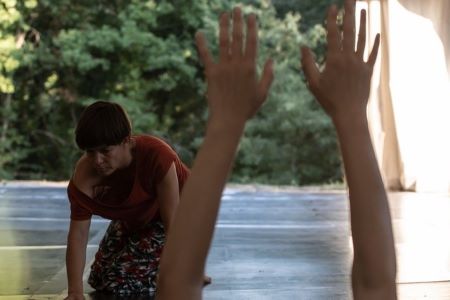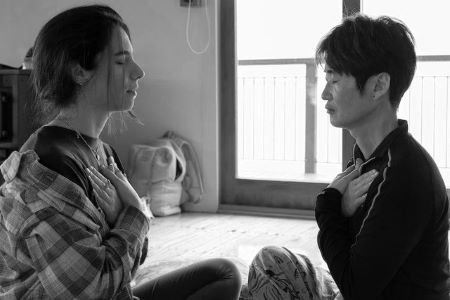…& ‘Not Knowing’ in a Holistic Body-Mind Approach
Improvisation mirrors life in profound ways, serving as both a preparation for and a reflection of it. In life, we often cling to the illusion of knowing what lies ahead, yet unexpected events disrupt this certainty. These surprises serve as reminders of the unsettling truth: we don’t know what the next moment will bring.
The discomfort of “not knowing” is something most of us try to avoid, but it holds a richness that can be transformative.
Embracing this state of uncertainty, as improvisation teaches us, is risky and unnerving, yet it is also where life’s vibrancy and aliveness are most palpable.
This philosophy aligns closely with holistic and experiential therapeutic traditions. Gestalt therapy, for instance, focuses on the present moment, encouraging clients to connect with their embodied experience as a source of meaning. These modalities, grounded in the principles of humanistic psychology, aim to foster growth and self-regulation in psychophysical and emotional processes.

Integrative Somatic Therapy takes this perspective further, viewing the individual as a unified body-mind entity. Here, experience is understood as occurring simultaneously on physical and mental levels, with both dimensions interconnected. Treatment blends verbal and embodied interactions to address both psychological and somatic processes. Techniques in this field range from working with breath and body awareness to exploring emotional patterns through movement. For instance, somatic resonance and bodily interaction can reveal deep-seated tensions, while grounding and holding can stabilise dysregulated emotional states.
The diverse schools of body psychotherapy—such as bioenergetics, Somatic Experiencing, Focusing, & Dance Therapy—offer unique pathways to healing.
Each of these approaches shares a core commitment to unlocking the body’s potential as a resource for well-being. These approaches recognise that emotions manifest tangibly in our posture, breathing, muscle tension, or gut feelings, and it is through the body that healing begins.
In my personal journey as a dancer and somatic therapist, I’ve witnessed the profound power of movement in addressing grief. Following two miscarriages, I sought ways to process my emotions beyond traditional talk therapy. While conversations with my therapist were invaluable, I felt the need for a bodily expression of my pain. Revisiting my improvisation practice, I worked with my mentor in an online session of MuShin Mu—a Japanese approach translating to “No Mind” or effortless action.

MuShin encourages letting go of preconceived notions and surrendering to the flow of the unknown. Starting in a posture and waiting—not for the first impulse but the second or third—I allowed my body to guide me. This practice touched deep, uncharted places within me, bringing emotions to the surface that I hadn’t consciously acknowledged. Being witnessed during this process amplified its impact, creating a space where I felt truly seen.
Through this ritual, my body released tension & unearthed new resources.
The experience helped me integrate the pain of my miscarriages, not just cognitively but also through my body and spirit. While the sadness remained, I emerged with a sense of agency and new possibilities.
Movement and improvisation, whether through voice or body, offer more than healing; they provide new narratives and a renewed sense of agency in life. By attending to the voice of the body, we discover profound resources that empower us to navigate the unknown with resilience and grace.
References
- G Hoffman Soto: somatic master and MushinMu facilitator https://sotomotion.com/
- Geuter, U. (2023) Body Psychotherapy. 1st edn. Routledge. Available at: https://www.perlego.com/book/4247279 (Accessed: 18 December 2024).
- Waibel, M. J., Petzold, H. G., Orth, I., & Jakob-Krieger, C. (2009). Basic concepts of Integrative Body and Movement Therapy (IBT)]. In Waibel & Jakob-Krieger (Eds.) (pp. 1–20).
Main – Photo by Anna Salmanova



